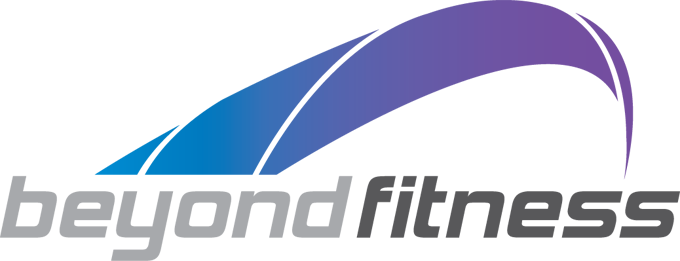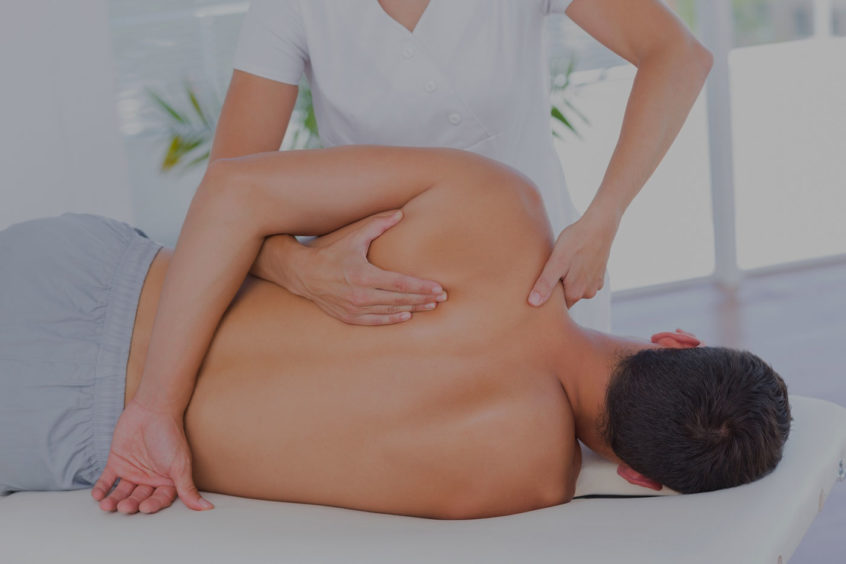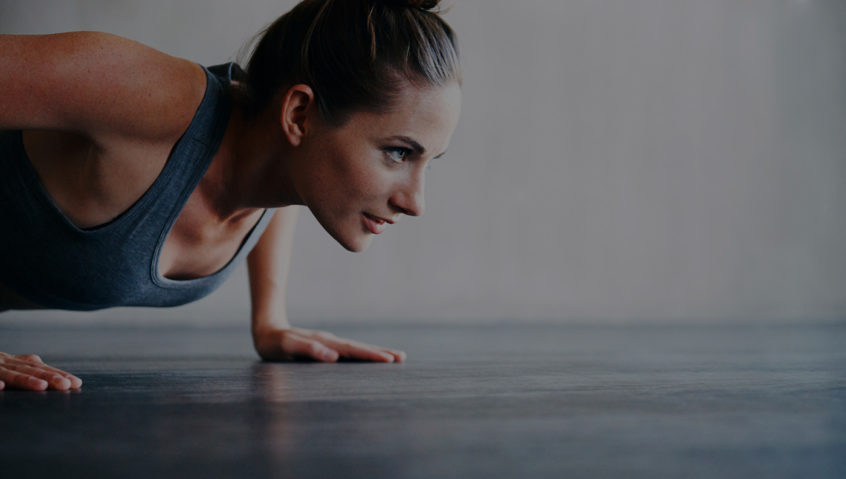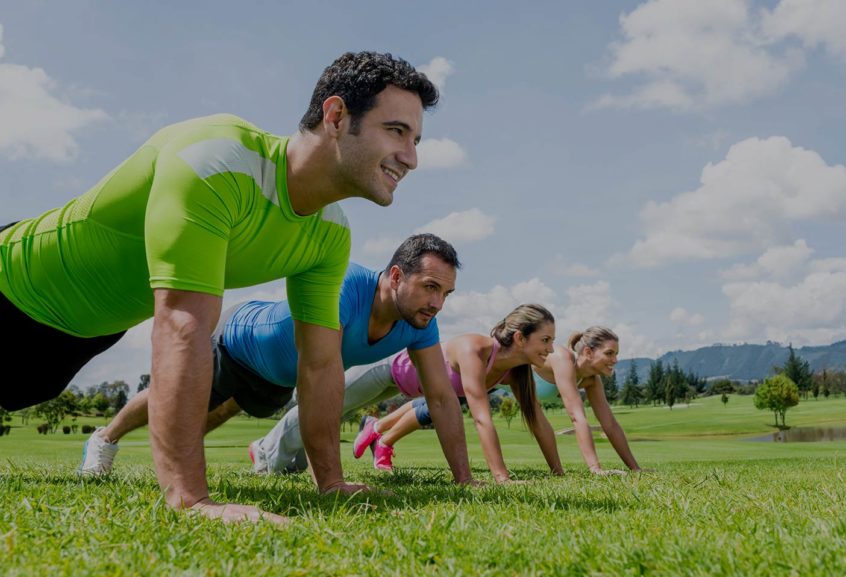Try using these release techniques and exercises to help increase strength and mobility through your shoulders. I’ve had my share of shoulder niggles as have many people I’ve trained and treated. I’ve come to see a pattern within the active community and that is it’s generally caused from an increase in resistance training. These are some exercises and release techniques I’ve found help increase shoulder stability and strength while also working to decrease my shoulder pain. I hope they can help you become shoulder pain free!! Infraspinatus spikey ball release: Whilst this can be mildly painful, I find this an awesome little spot to release to help free up shoulder mobility. Other spots can also be used, to see those, please see my total shoulder release post and accompanying video. Please note this will be quite hard to explain but I’ll do my best! 1. Start by lying on your … Read More
Wrist pain from exercise?
Do you suffer from wrist pain or discomfort while doing push ups? I’ve had a rapid increase in the number of patients coming in for treatment regarding wrist pain resulting from circuit type training. That got me thinking about developing a strategy to help prevent wrist pain from occurring because after all the best form of rehabilitation is a good serve of pre-habilitation. So here are my best three tips to help decrease the likelihood of wrist pain plus two actions to take if your starting to develop wrist pain as a result of exercise. Tip 1: Ensure correct technique When we load your wrist/hands into ‘flexion’, think hands in push up position, it essential we share the load throughout the hand rather than loading to one side. I commonly see people loading more to the outside of their hand (little finger side) than compared to the inside. Another technique … Read More
Fundamentals of progressive overload
What is progressive overload? Progressive overload is known as a gradual increase in stress being applied to the body during exercise. This occurs via small increases to one of the following factors; volume (weight/length of training), frequency (how often the training is performed) and intensity (how hard the training is). This put into real person talk is small increases in training allowing your body to adapt to the stress allowing improvements in the particular sport. When to apply? Most people think of progressive overload as a weight training principle however it can and should be applied to all areas of exercise, especially those in which you’re looking to improve on. It should be noted that progressive overload won’t happen in a straight line for example beginners are more likely to see rapid improvements when compared to an advanced counterpart therefore listen to your body when applying it. How much load … Read More
The Do’s and Don’ts for people with lower back pain:
Here are a few tasks I often get people with back pain to focus on trying to do when they are suffering from back pain. I hope they help you decrease your lower back pain! DO’s: 1. Have positive pain beliefs!! “If you believe it then the mind can achieve it” – Ronnie Lott The mind is a powerful tool and yet it is one of the most commonly overlooked factors when it comes to pain management. Studies suggest that have positive pain beliefs (aka believe that your injury/pain will recover), you’re more likely to make a full recovery. 2. Have a positive support network!! “Apes alone weak, apes together strong” – Caesar (Planet of the Apes) Building a team of people around you who positively support your recovery and beliefs can be very helpful. Whether it’s a relative encouraging you along your recovery or an Osteopath providing positive reinforcement … Read More




